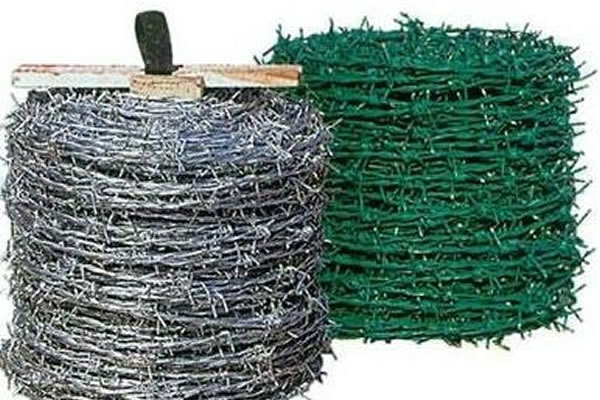 TEL:
+86-13102802206
TEL:
+86-13102802206
 Email:
fencenetting@china.com
Email:
fencenetting@china.com
 Language
Language
 TEL:
+86-13102802206
TEL:
+86-13102802206
 Email:
fencenetting@china.com
Email:
fencenetting@china.com
 Language
Language


Understanding Barbed Wire A Historical and Practical Perspective
Barbed wire, a ubiquitous element in modern fencing, has significantly shaped agriculture, security, and land management since its invention in the 19th century. Originally developed to support the expansion of American ranching, barbed wire has become an essential tool worldwide, adding layers of protection and delineation to property and livestock.
The Invention and Evolution of Barbed Wire
The concept of barbed wire can be traced back to the late 1860s when Joseph Glidden, a farmer from Illinois, patented his design in 1874. Glidden’s barbed wire featured sharp metal points that deterred livestock from crossing boundaries, proving to be far more effective than traditional fencing methods. Its affordability and efficiency sparked a revolution in how land was managed in the western United States, enabling farmers to establish large-scale operations and effectively control the grazing patterns of cattle.
Following Glidden’s patent, several variations of barbed wire emerged, each designed to meet specific needs. Some featured barbs spaced closely together for increased security, while others utilized heavier strands for greater durability. The versatility of barbed wire made it suitable for a range of applications, leading to its widespread adoption not only in America but across the globe.
Applications of Barbed Wire
Today, barbed wire serves multiple purposes, making it invaluable in various industries. In agriculture, it is primarily used for fencing livestock, preventing animals from wandering onto roads or neighboring properties. The sharp points discourage intrusion, ensuring both the safety of the animals and the integrity of the crops.

Beyond agriculture, barbed wire has found extensive use in security applications. Many commercial properties, military installations, and prisons implement barbed wire fencing to deter trespassers and enhance safety. By creating a physical barrier that is difficult to breach, barbed wire provides an added layer of protection against theft, vandalism, and other criminal activities.
Additionally, barbed wire has been employed in military contexts throughout history. It became infamous during World War I, where it was used extensively in trench warfare to protect positions from enemy advances. The tangled barriers created by barbed wire posed significant challenges for soldiers, often leading to high casualties during assaults.
Environmental and Ethical Considerations
While barbed wire has practical benefits, it is not without its controversies. Environmentalists have raised concerns about its impact on wildlife. Birds and other animals can become entangled in barbed wire, leading to injuries or fatalities. This concern has prompted some landowners to consider alternatives, such as smooth wire or wildlife-friendly fencing designs.
Ethically, the use of barbed wire can also evoke critical discussions. In some regions, barbed wire fences are seen as symbols of division, particularly in areas marked by political or social tension. The visual representation of barriers can shift public perception, eliciting strong feelings about exclusion and the separation of communities.
Conclusion
In conclusion, barbed wire remains a critical component of fencing in agriculture, security, and military applications. Its historical significance as a tool for land management and animal husbandry cannot be understated. However, as society evolves, so must our approach to such tools. Addressing the environmental and ethical implications of barbed wire use is essential in ensuring that it serves its purpose without compromising the well-being of wildlife or communities. The balance between utility and responsibility will dictate the future of this remarkable yet contentious invention. As we navigate these challenges, it will be vital to consider innovative alternatives that uphold the integrity of land and wildlife while meeting human needs.